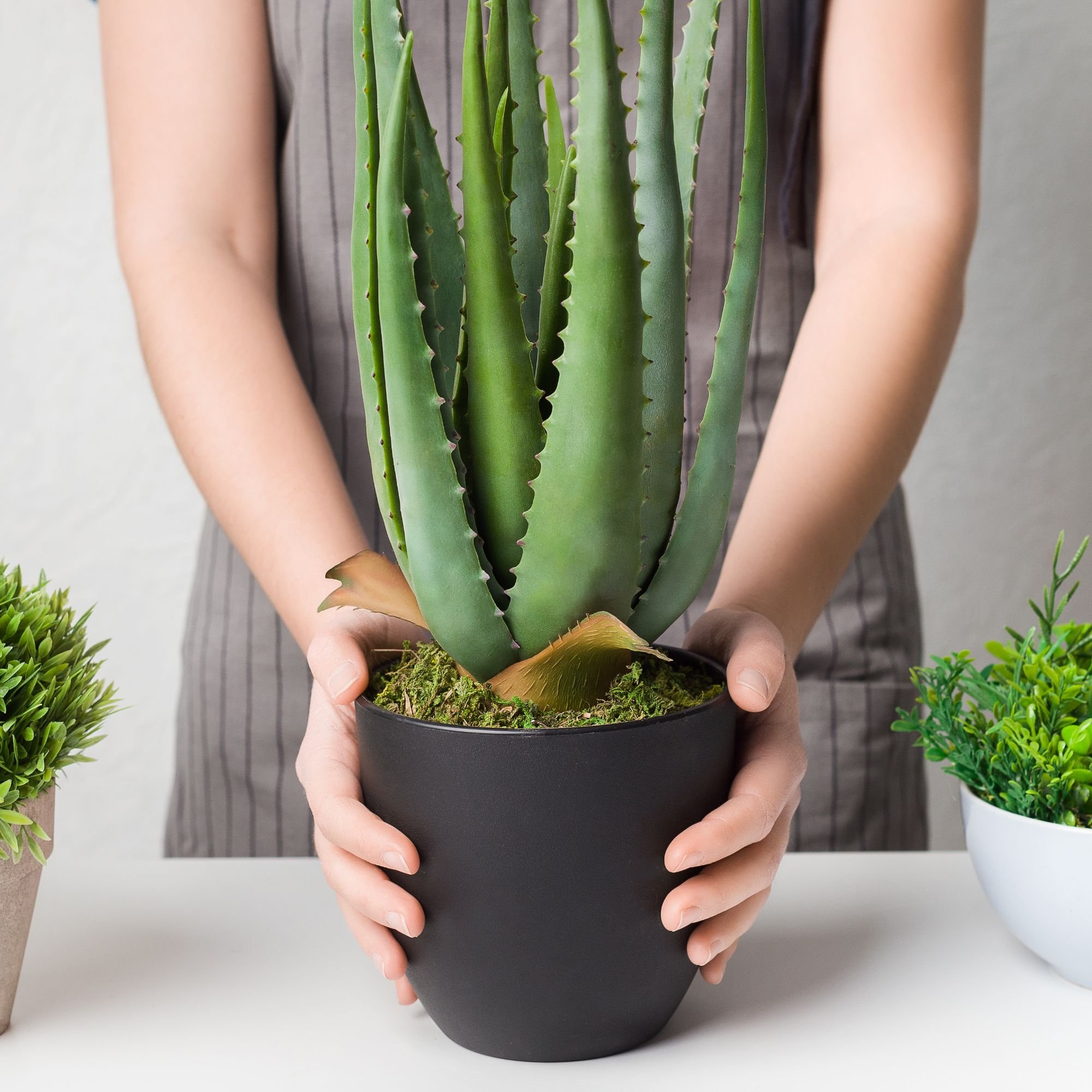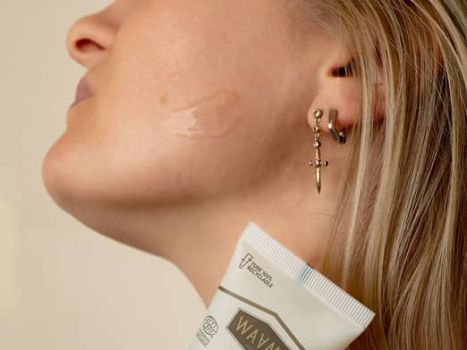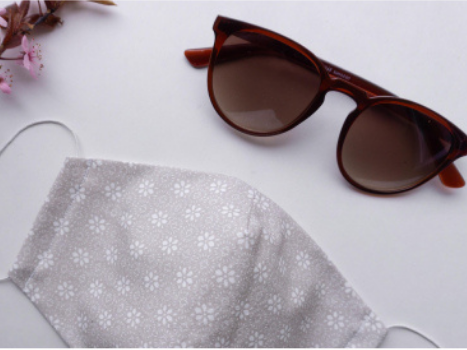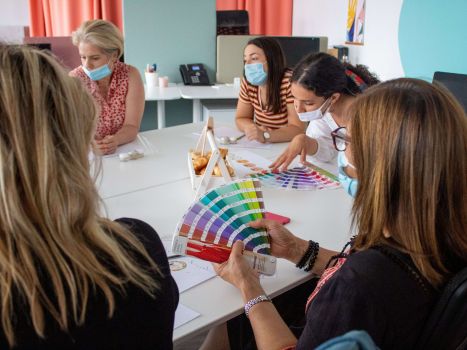The name Aloe vera comes from Arabic and Latin. The word aloe comes from the Arabic word "alloeh", meaning "shiny bitter substance". As for the word vera, it comes from Latin and means "true"
Used for thousands of years,aloe vera was highly prized in ancient civilizations. Traces of the use of aloe for medicinal purposes go back over 5,000 years! It is said that the Egyptians even took it to their tombs to accompany them on their journeys in the afterlife. It was also planted along the sides of the pyramids for this purpose. If the aloe bloomed, it was a sure sign that the pharaoh had made it to the other side.
They called it the "plant of immortality". Egyptian queens Cleopatra and Nefertiti were also known to have incorporated aloe vera into their beauty rituals.
Aloe vera is also very popular in Chinese and Indian Ayurvedic medicine. A symbol of rebirth and longevity in India, it is also used in rituals and funeral pyres. In China, it was used to treat sinusitis and fever in young children.
At another time, samurai were said to smear their bodies withaloe vera pulp. According to them, this made them immortal and drove out demons.
The Mayans found the plant to be an antioxidant that preserved their youth.
For the Greeks, aloe vera was a symbol of beauty, patience and fortune. They also used it to heal burns and cuts. For them, it meant beauty, patience and fortune.
Legend has it that Alexander the Great even captured the island of Socotra in the Indian Ocean to ensure he had enough aloe vera for his soldiers. They used it to treat their wounds.
From the 15th century onwards, less and less interest was shown inaloe vera. In the 17th century, Dutch settlers began cultivating it in Africa and exporting it around the world. Scientists began to study the plant and, in particular, one of its active ingredients: aloin. Its therapeutic virtues were gradually recognized, particularly for burns. After the atomic bomb explosions in Nagasaki and Hiroshima, the Japanese used it to treat the skin of the wounded. Its effectiveness was soon recognized.
It was not until the 1930s that this plant finally took off and became sought-after. Americans particularly appreciated its effective action on X-ray burns (due to cancer treatments, for example). However, the formula for aloe vera gel was not yet stable. At the time, it was still difficult to store.
At the end of the 1900s, stabilized aloe vera gel was finally marketed internationally. This was made possible by the research of an American pharmacist.
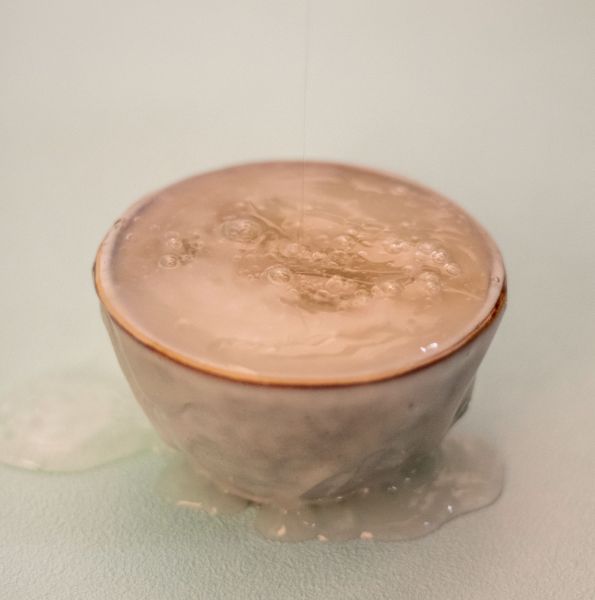
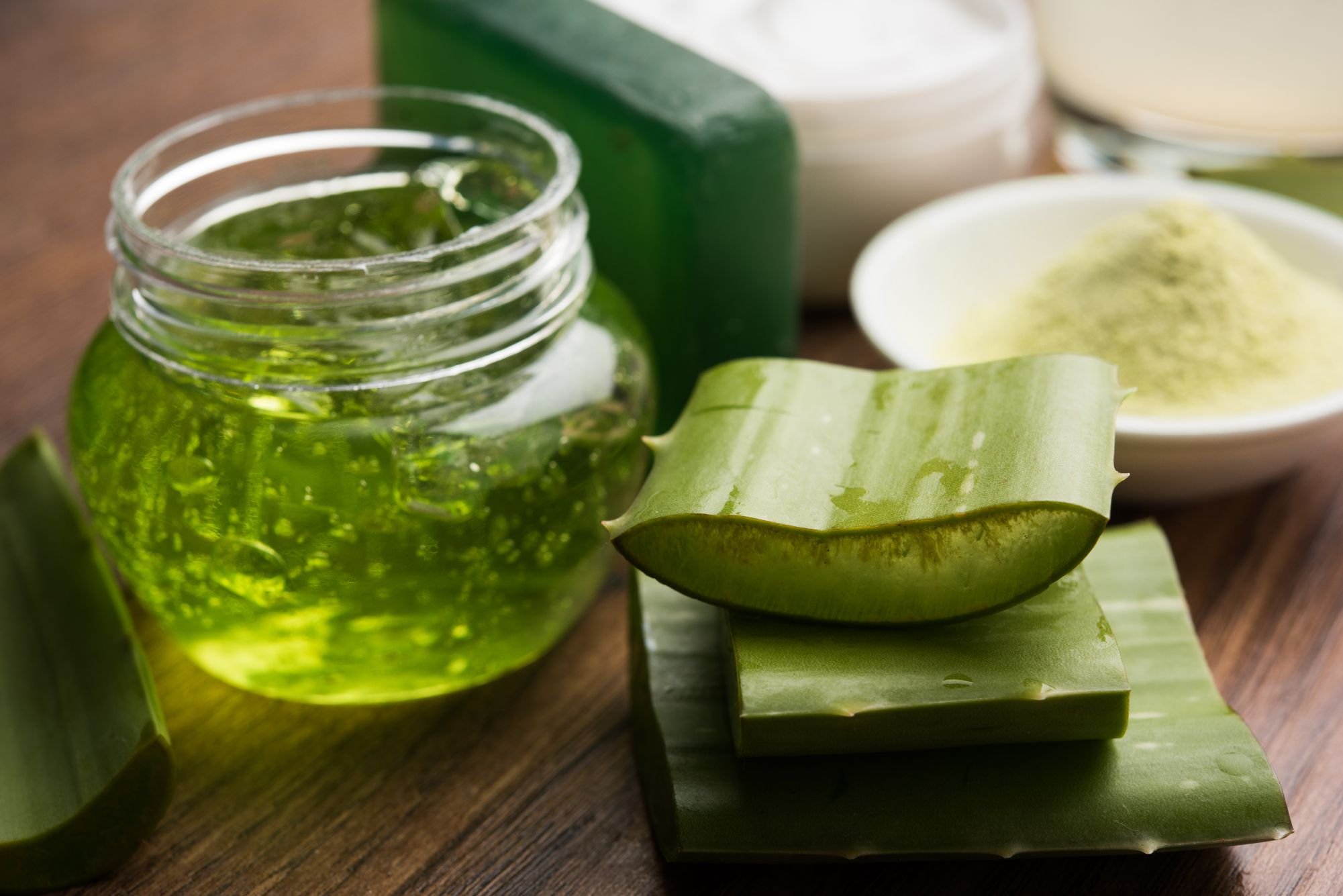

.jpg)
.jpg)





